Noise cancellation technology has become an indispensable feature of our modern headphones. It helps you take on the humdrum of daily life in peace, allowing you to focus and relax with any outside noise blocked out. But before you purchase a pair, let’s weigh up the pros and cons of both the passive and active forms of noise cancellation. This will help you see how each type works, if they’re safe, and which one fits your needs.
To kick us off, here’s a summary of what to expect from passive vs. active noise-cancelling headphones…
In a Hurry?
| Passive Noise Cancelling | Active Noise Cancelling |
|---|---|
| No additional noise-cancelling technology added | Relies on additional built-in noise-cancellation technology |
| Relies on physical properties to isolate sound | Microphones detect ambient noise, antiphases are generated to neutralise and cancel-out these sounds |
| Describes all headphones which do not feature active noise cancellation technology | All headphones have a degree of passive noise cancellation; ANC goes further |
Passive vs. Active Noise Cancelling
What is passive noise cancellation?
Passive noise cancellation (PNC) is not a term you’ll see brands using to market their products. 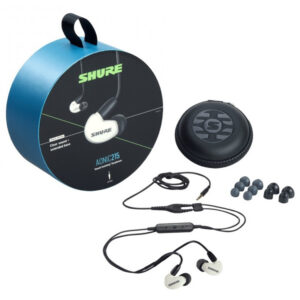 That’s because the term ‘passive noise cancelling’ encompasses any headphones that aren’t actively cancelling the noise. Technically, all headphones offer PNC to a degree; even a pair of Apple AirPods offer a small amount of passive isolation from ambient noise.
That’s because the term ‘passive noise cancelling’ encompasses any headphones that aren’t actively cancelling the noise. Technically, all headphones offer PNC to a degree; even a pair of Apple AirPods offer a small amount of passive isolation from ambient noise.
PNC relies on physical properties to block ambient sounds from the ear canal. It is perhaps better described as passive noise isolation (PNI) since it separates rather than combats ambient sounds.
Passive noise-cancelling headphones are designed to fit snugly against the natural contours of your ears, preventing ambient noises like car horns or crying children from getting past. With a good pair of these headphones, you’ll find yourself turning down the volume, no longer needing to compete with the clamour of the outside world.
It’s a simple, yet effective method that won’t consume any more of your battery or require additional technologies built-in. The silence offered by PNC is a testament to the power of a good fit and thoughtful design. The better the fit of your headphones, the better the PNC will be.
Look out for over-ear headphones and in-ear earphones as these will have the best chance of moulding perfectly against your ear shape.
Our recommendation | Shure AONIC 215 Sound Isolating Earphones
What is active noise cancellation?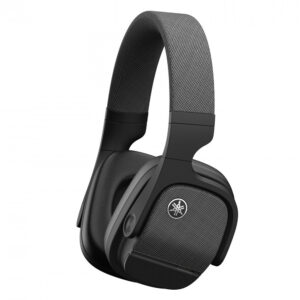
Active noise cancellation (ANC), unlike its passive counterpart, employs technology to combat ambient noise head-on. This is how it works:
Microphones incorporated into the active noise-cancelling headphones are responsible for detecting ambient noise. Processing chips then generate sound waves identical in frequency but inverted in phase to neutralise the detected ambient sounds.
This phenomenon is known as destructive interference. While PNC simply shields your ears from outside sound, ANC ‘actively’ fights sounds.
Active noise-cancelling headphones and earphones all offer an element of PNC too; they still physically shield your ears from some surrounding noise. But ANC goes a step further, allowing you to eliminate ambient sounds more completely.
Active noise-cancelling products will always cancel more ambient noise because of this potential to be both incredibly passively isolating and actively sound-neutralising.
Is Active Noise Cancellation Harmful?
It’s only natural that terms like ‘destructive interference’ make people question the safety of ANC technology. Thankfully though, ANC is safe; it does not emit any radiation or harmful waves into your body. This means that under normal listening conditions, there are no known risks to your hearing quality over time or to your overall health.
However, sensitivity to ANC technology can vary from person to person. There have been reports, albeit rarely, of some users experiencing dizziness with the use of ANC headphones. Others may experience a strange pressure or tightening in their ears. This can be likened to those atmospheric pressure sensations you feel when ascending in an aeroplane.
Such sensations, while not harmful, can reduce comfort and make a pair of headphones intolerable for some people. But what causes this sensation, and can you get rid of it?
Can Active Noise Cancellation Feel Uncomfortable?
An uncomfortable pressure sensation with ANC headphones could be your brain’s natural reaction to the sudden lack of ambient noise. When active noise cancellation is turned on, this creates an almost silent environment. The sudden change can trick the brain into thinking there’s been a change in atmospheric pressure, like what happens when ascending or descending in altitude rapidly.
The discomfort you feel, sometimes referred to as ‘eardrum suck’, is most likely psychosomatic; it’s your brain encouraging you to relieve a pressure imbalance in your ears which doesn’t exist. When you remove your headphones, the discomfort should subside.
All that said, this sensation is rare. Most users will be able to enjoy the benefits of ANC without any adverse effects.
Pros & Cons: Passive vs Active Noise Cancelling
| Type | Pros | Cons |
|---|---|---|
| Passive | No risk of interference or distortion caused by ANC's antiphases | Noise cancellation is not as comprehensive or effective as ANC |
| Do not require any additional power or charging | Dependence on the fit and seal, which can vary from person to person | |
| Often more affordable than ANC headphones | Most high-quality modern headphones are now made with ANC; it's the new normal | |
| Active | Overall more comprehensive noise cancellation | Sound will never be quite as pure as passive equivalent |
| Especially effective against constant, low-frequency background noises | Consume more battery power to function | |
| Suitable in various environments thanks to noise level adaptability | Chance of sensitivity or discomfort from 'eardrum suck' phenomenon | |
| Can offer just as much physical isolation as passive headphones | Often more expensive than PNC headphones |
PNC vs. ANC – which is better?
Sound Quality
To compare sound quality across passive and active noise-cancelling headphones, let me use an example.
Let’s take the Focal Bathys ANC Headphones—an incredible product with both excellent ANC and superb sound quality. If you listen to the Bathys with ANC turned off, i.e. in ‘transparent’ mode, they will inevitably sound slightly better than with ANC on. This is because adding sound waves adds a small amount of interference. And with interference, unfortunately, comes distortion.
However, that does not mean active noise-cancelling headphones all sound worse than their passive counterparts. It would be unfair to compare a high-end pair of active noise-cancelling headphones with a budget set of passive headphones. The overall quality of the high-end headphones probably means that, even with ANC on, they’d have better sound quality than the budget pair with PNC.
If you need headphones for any kind of hi-fi or performance purposes, you can absolutely still consider ANC. Just ensure they have a sound quality you’re happy with and consider their ANC modes; these will give you greater flexibility than a simple ‘on’ or ‘off’.
Effectiveness
If you’re looking for the most effective noise cancellation, ANC is takes the cake. It excels at reducing constant background noise, such as chatter in a café or the hum of a commute. It is, overall, the more comprehensive form of noise cancellation and can offer great peace in a variety of scenarios.
However, ANC technology may struggle a little with sudden, unexpected noises. It’s more effective at dealing with lower frequencies like the drone of an engine, construction, or crowds of people. By contrast, a great pair of PNC headphones will do well to reduce mid to high-frequency sounds like the sudden shriek of a baby or the “ping” of a phone notification.
If you’re hesitant to fork out for ANC, passive noise-cancelling headphones can be a great solution in environments with unpredictable noise.
Power Consumption
Active noise cancelling headphones and earphones will consume more power than their passive equivalents due to additional electrical circuitry. This power is needed for the microphone to function and the production of phase-inverted sound to cancel out ambient noise. Consequently, with ANC turned on, you might find your headphones require charging more frequently.
If that’s a deal breaker and you’d rather have something more energy-efficient, passive noise-cancelling headphones won’t demand any additional power over and above what may be required for basic performance (i.e. wireless streaming via Bluetooth). That’s because they have no added noise-cancelling technology and, instead, rely on physical attributes to block out sound.
Comfort
Again, comparing the comfort of ANC and PNC headphones needs to be done on a case-by-case basis.
In most cases, high-end headphones will feature extremely comfortable and cushioning materials like memory foam. With earbuds it’s even possible to undergo a custom-fitting to perfectly match the shape of your ear. This will ensure both a perfect fit that won’t fall out, and maximum passive isolation.
Both passive and active noise cancelling headphones can be long wearing and well-made, so neither one can be crowned the more comfortable. However, even with the most comfortable pair of ANC headphones, you may be one of the unlucky few who experience ‘eardrum suck’. In that case, choosing a pair with ANC modes where the ANC can be turned off all together could be a crucial feature to you.
The best way to find out what works is to try some on for real! If you happen to be in the Manchester/Lancashire area or fancy a trip to the AV.com showroom, you’re always welcome to try out different products with us. Here’s where to find us…
FAQs
What are the advantages of passive noise cancellation?
The advantage of passive noise cancellation is that it creates a physical barrier to block external sounds, which allows for a purer sound quality. With this technology, there’s no need for power consumption, making it an energy-efficient choice. Additionally, when combined with custom-moulded earphones, it offers a comfortable and secure fit.
Is it bad to wear noise-cancelling headphones all day?
Wearing noise-cancelling headphones all day is not inherently bad. However, any prolonged use of headphones can potentially lead to hearing issues if played at high volumes. Therefore, it’s recommended to take regular breaks and moderate the volume level to ensure optimal hearing health.
Is passive noise cancellation enough?
Passive noise cancellation can be sufficient depending on the environment and personal preferences. It’s particularly effective in reducing mid to high-frequency sounds. However, for constant low-frequency background noise, active noise cancellation may be more beneficial. Therefore, the choice between the two often depends on the specific noise environment and user requirements.
Final Thoughts
Ultimately, whether you should choose PNC or ANC headphones hinges on your needs and preferences.
When it comes to passive vs. active noise cancelling, each will shine in different scenarios. For example, if you’re unaffected by the so-called ‘eardrum suck’ phenomenon and want thorough noise cancellation for day-to-day, ANC headphones will shut pretty much everything out. But if you’re a sucker for comfort or sound quality and willing to compromise somewhat on noise cancellation strength, PNC headphones might be the better call.
Looking for more advice before buying? Check out these other product guides and reviews you might find useful…

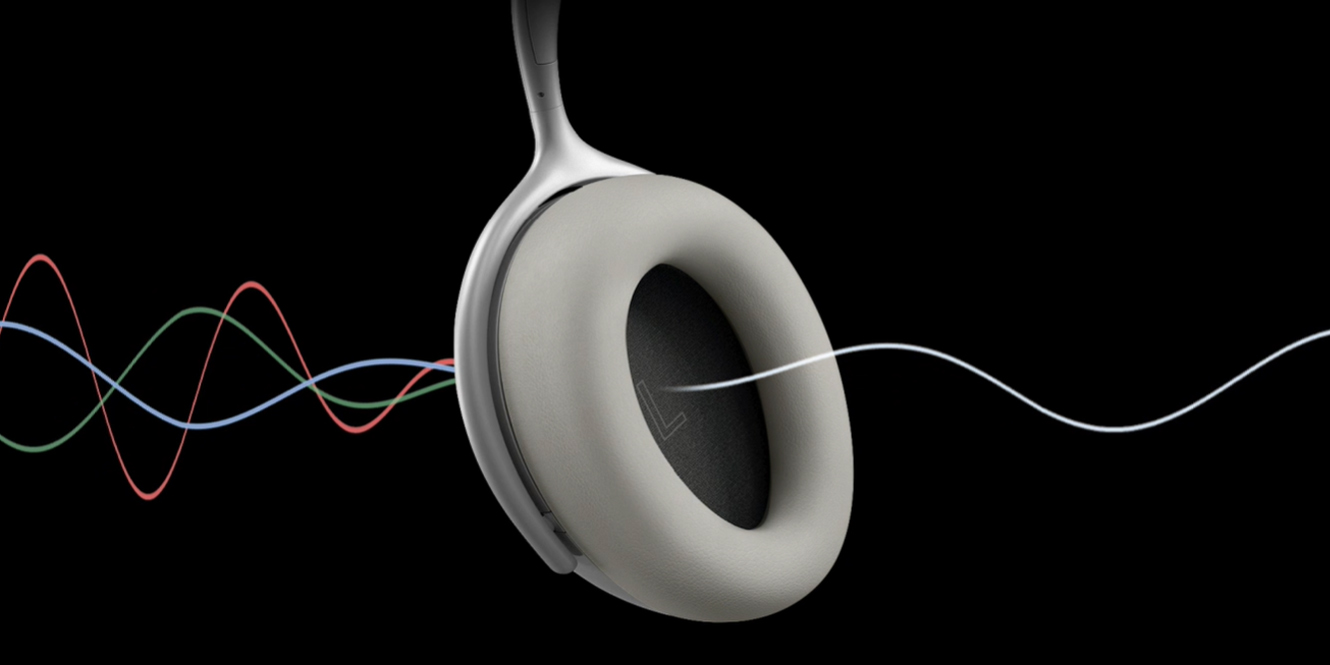
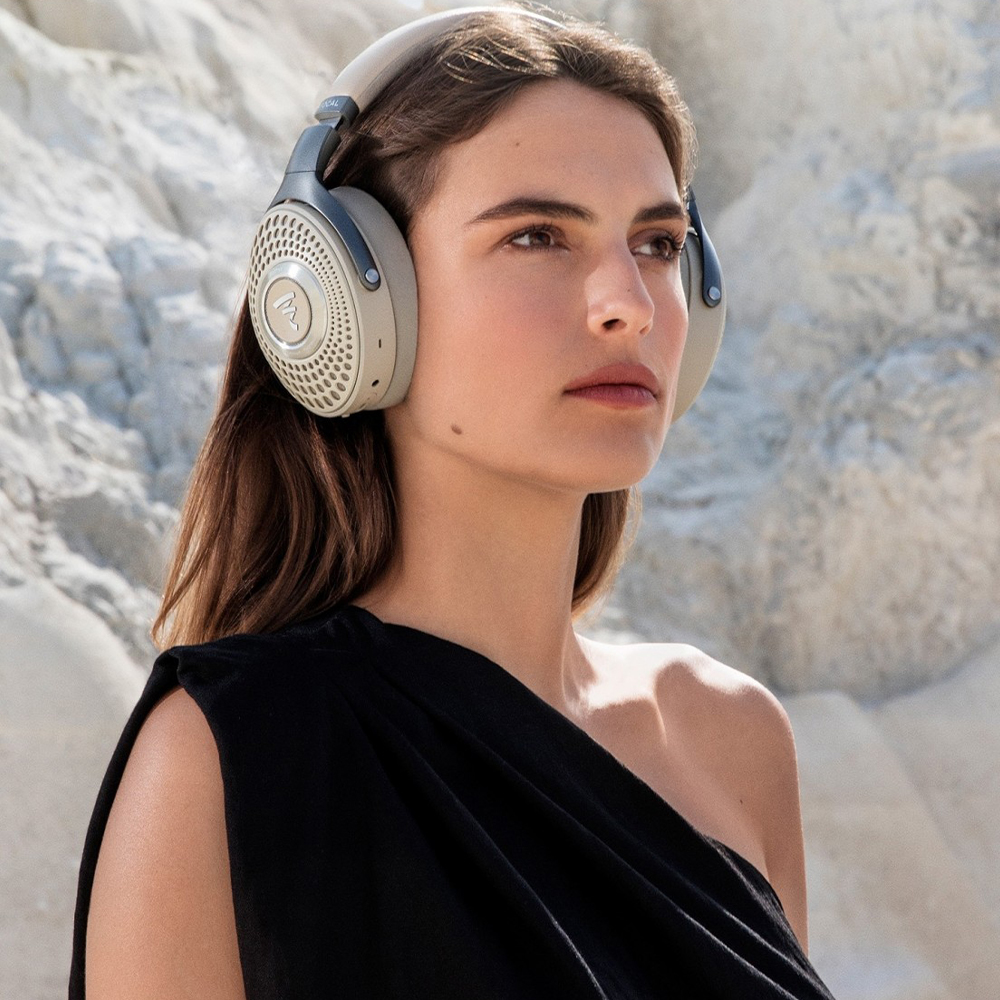
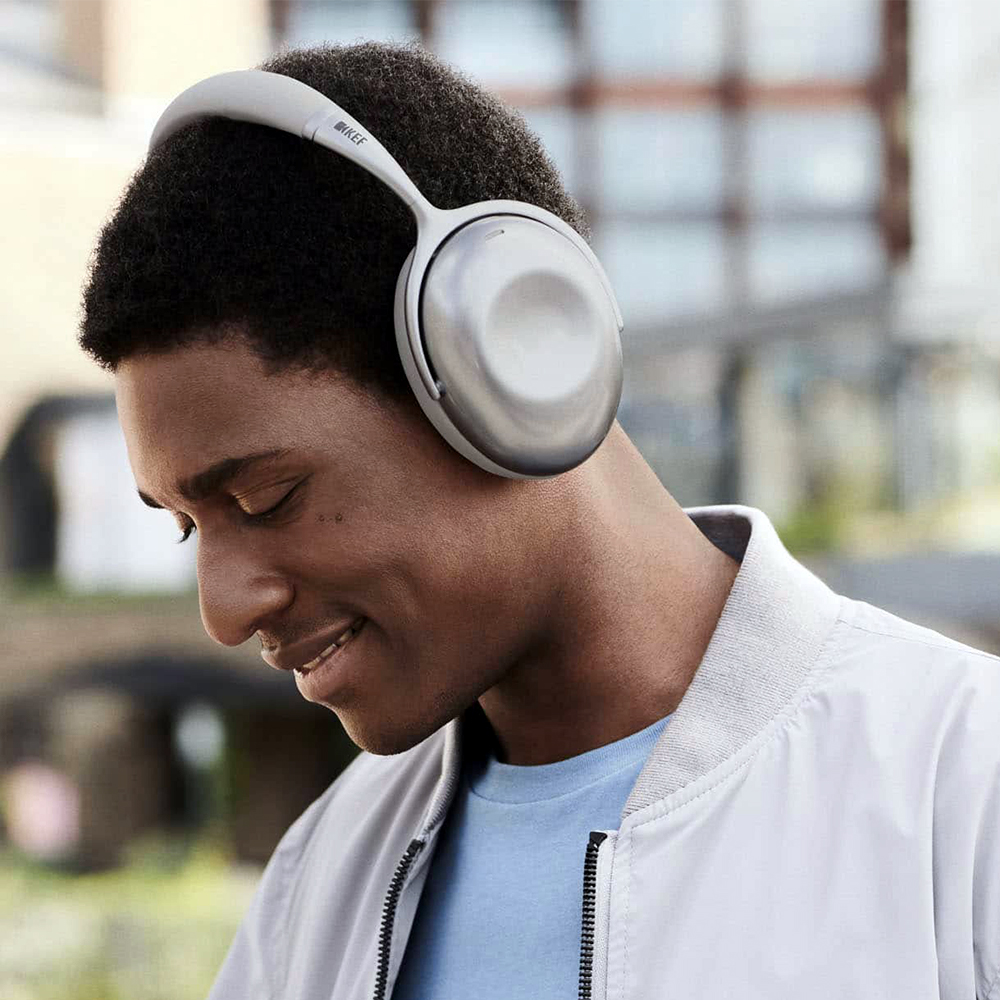
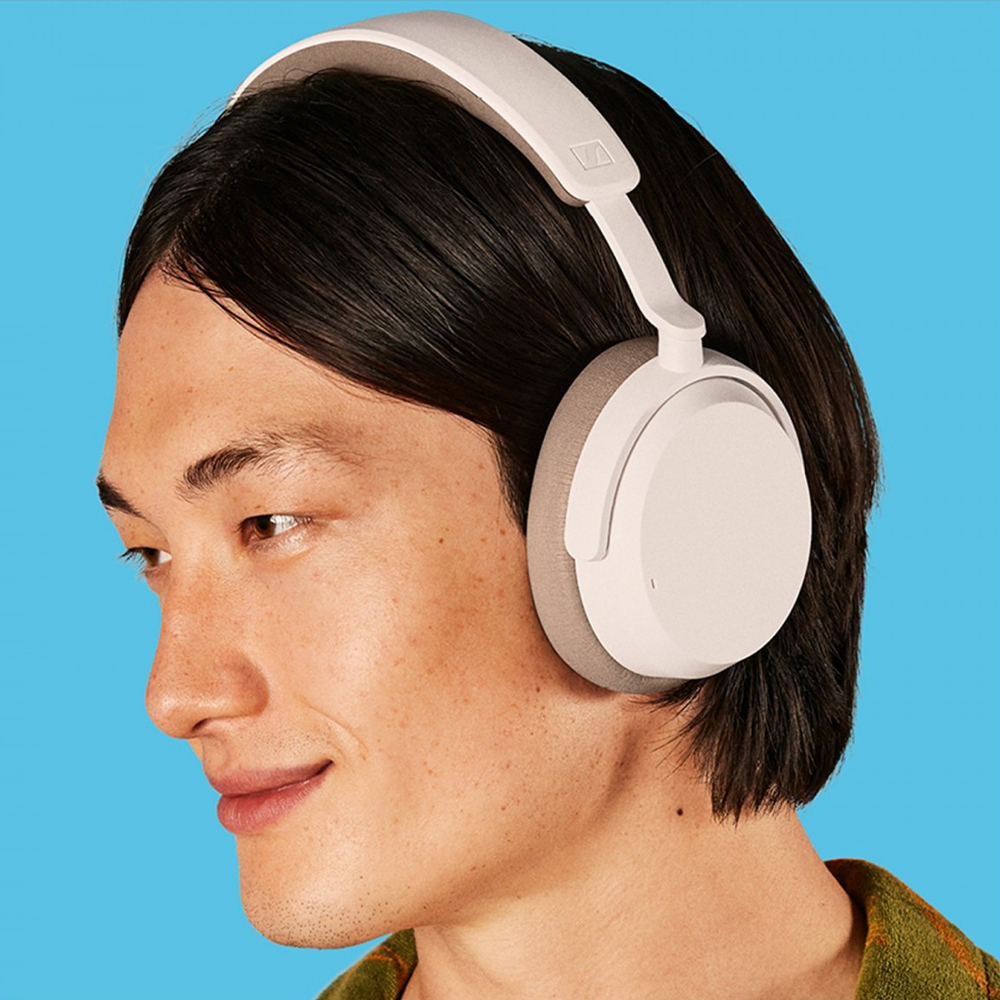
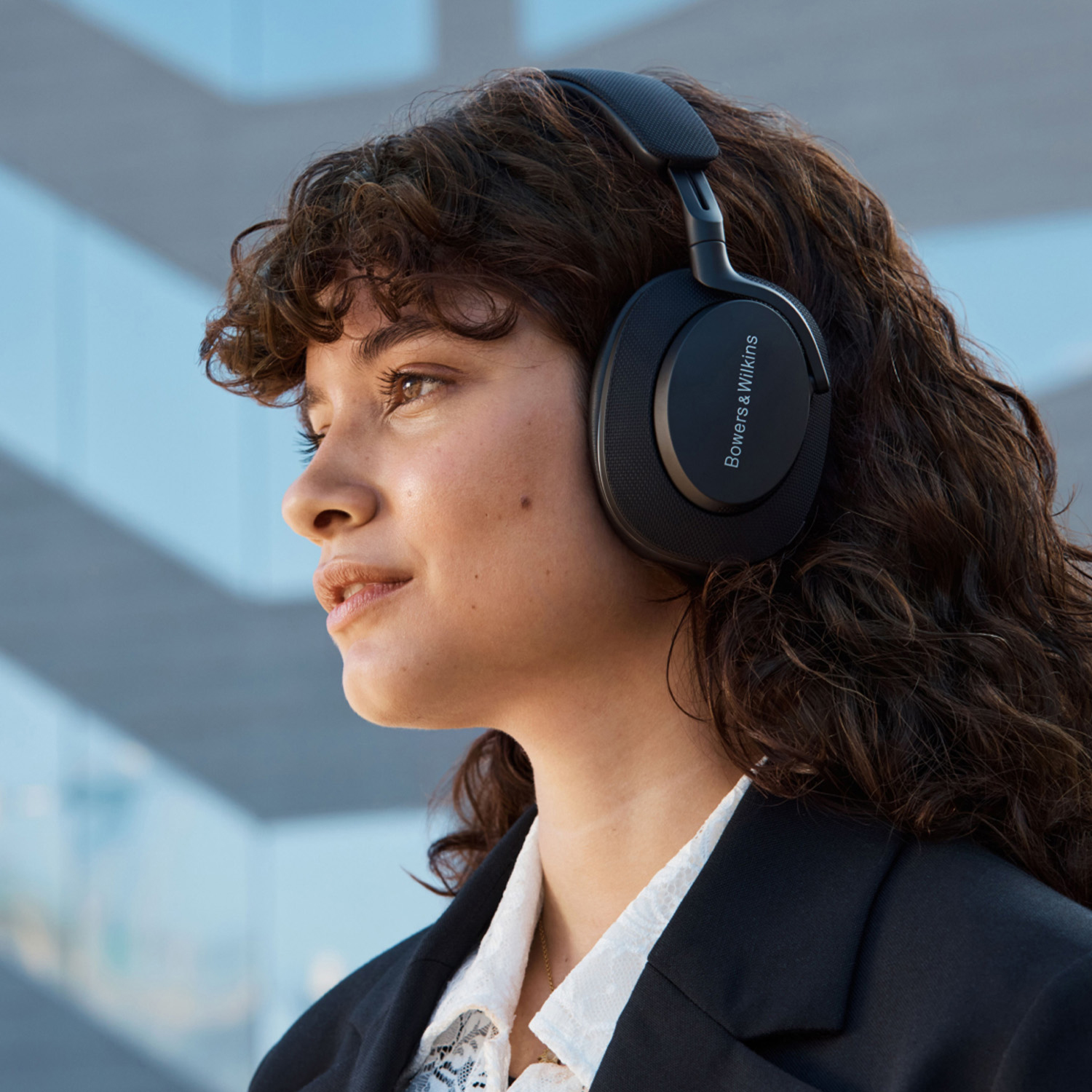


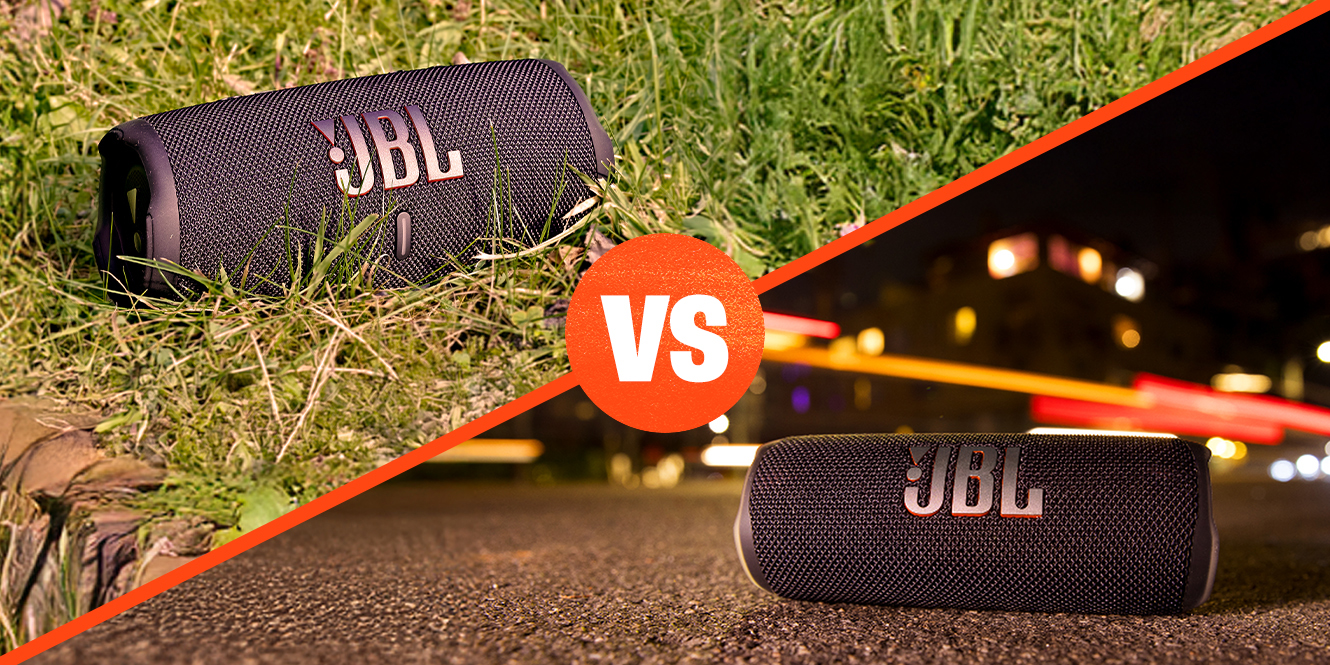
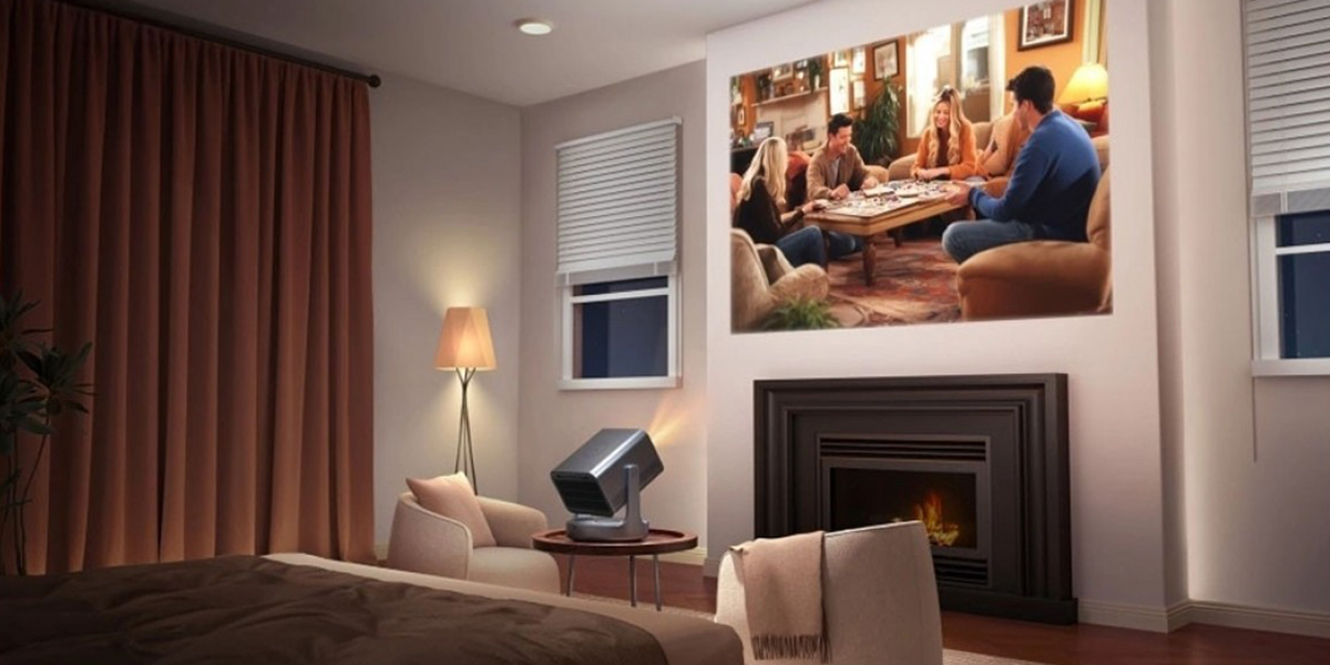




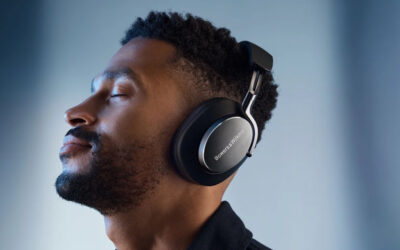

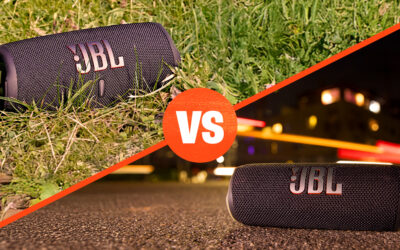
0 Comments